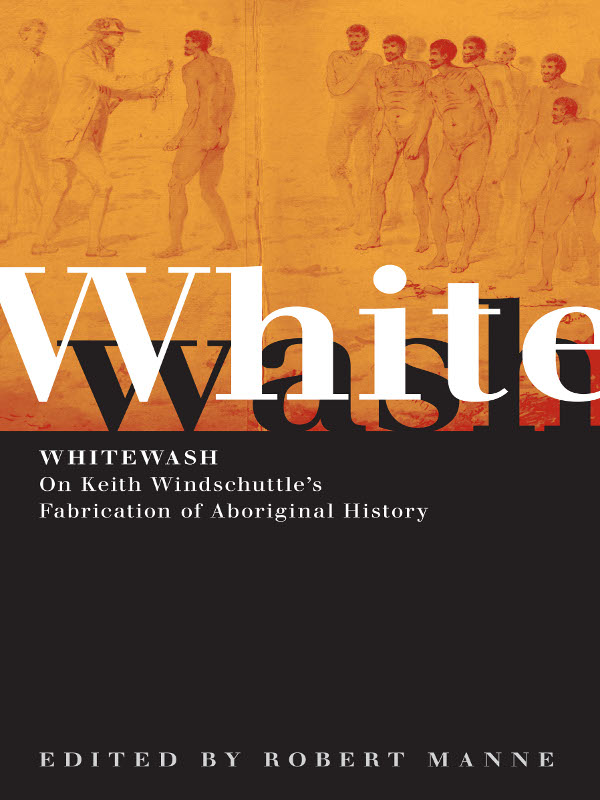
WHITEWASH
WHITEWASH
On Keith Windschuttles Fabrication of
Aboriginal History
 EDITED BY ROBERT MANNE
EDITED BY ROBERT MANNE
Published by Black Inc. Agenda
An imprint of Schwartz Publishing
Level 5, 289 Flinders Lane
Melbourne Victoria 3000 Australia
email: enquiries@blackincbooks.com
web: http://www.blackincbooks.com
ALL RIGHTS RESERVED.
No part of this publication may be reproduced, stored in a retrieval system, or transmitted in any form or by any means electronic, mechanical, photocopying, recording or otherwise without the prior consent of the publishers.
Copyright to this collection 2003 Schwartz Publishing and Robert Manne.
Copyright in the individual essays is retained by the authors.
National Library of Australia Cataloguing-in-Publication entry:
Whitewash : on The fabrication of Aboriginal history.
Bibliography.
ISBN 0 9750769 0 6.
1. Aborigines, Australian - History. 2. Aborigines,
Australian - Treatment. 3. Historiography - Australia. I.
Manne, Robert (Robert Michael), 1947- . (Series : Agenda
(Melbourne, Vic.)).
994.0049915
Contents
Robert Manne
James Boyce
Martin Krygier & Robert van Krieken
Henry Reynolds
Shayne Breen
Marilyn Lake
Greg Lehman
Neville Green
Cathie Clement
Phillip Tardif
David Hansen
Lyndall Ryan
Cassandra Pybus
Ian McFarlane
Mark Finnane
Tim Murray & Christine Williamson
A. Dirk Moses
Robert Manne
In 1968, the anthropologist W. E. H. Stanner delivered what turned out to be perhaps the most consequential lecture ever broadcast on the ABC. Stanner called his lecture The Great Australian Silence. The point he was making has often been misunderstood. Stanner did not mean that scholars and others had failed to show an interest in traditional Aboriginal society. As he understood better than most, anthropology was probably the most distinguished and developed of the social science disciplines in Australia. What Stanner meant was that both scholars and citizens had, thus far, failed to integrate the story of the Aboriginal dispossession and its aftermath into their understanding of the course of Australian history, reducing the whole tragic and complex story to what one historian had called a melancholy footnote and another a mere codicil.
According to Stanner, this silence was no accident.
Inattention on such a scale cannot possibly be explained by absentmindedness. It is a structural matter, a view from a window which has been carefully placed to exclude a whole quadrant of the landscape. What may well have begun as a simple forgetting of other possible views turned under habit and over time into something like a cult of forgetfulness practised on a national scale. We have been able for so long to disremember the aborigines that we are now hard put to keep them in mind even when we most want to do so.
Stanner, who possessed sensitive cultural antennae, was aware that at the time he wrote this lecture the cult of forgetfulness was coming to an end.
I hardly think that what I have called the great Australian silence will survive the research that is now in course. Our university and research institutes are full of young people who are working actively to end it. The Australian Institute of Aboriginal Studies and the Social Science Research Council of Australia have both promoted studies which will bring the historical and contemporary dimensions together and will assuredly persuade scholars to renovate their categories of understanding.
The silence of which Stanner spoke was, in fact, broken by the three-volume study sponsored by the Social Science Research Council and authored by Charles Rowley The Destruction of Aboriginal Society,Outcasts in White Society and The Remote Aborigines, published in 1970. Rowleys trilogy represents one of the great scholarly and moral achievements of Australias intellectual history.With its publication and absorption into the nations bloodstream, Australia became a significantly different country.
Henry Reynolds was one of the young historians inspired by Stanners lecture. In part because of Stanner he was persuaded to give his life to an exploration of the meaning of the dispossession, from many different angles. One of the books Reynolds wrote, The OtherSide of the Frontier, was another important landmark, generally still regarded as a classic in its field. Yet in this work of discovery Reynolds was not alone. From the late 1960s, hundreds of books and articles on the dispossession by dozens of scholars were published. Through their collective work the great Australian silence was shattered.
As it happens, and perhaps not accidentally, the flowering of post-settlement Aboriginal history coincided with the end of the era of assimilation, which Stanner identified as an impossible and inhumane policy which instructed the Aborigines to remake their identity, or, as he put it, to un-be. After the end of assimilation, politics and history were intertwined in many, complex ways. A deepened historical consciousness and a sharpened moral conscience concerning the dispossession played a vital part in the granting of land rights, in the creation of national representative Aboriginal political structures, in the acceptance of native title, in the attempts to write a treaty between indigenous and non-indigenous Australians and, when this failed, in the struggle for reconciliation.
Sometimes the new historians of the dispossession played an even more direct legal or political role. Reynolds histories were important in the thinking of the High Court judges who in 1992 at Mabo discovered native title in the common law. Without the pioneering historical research of Peter Read, the inquiry commissioned by the Keating government into Aboriginal child removal might never have been held. In the quarter-century, then, between the last year of the McMahon government and the fall of Keating, while historians deepened understanding of the dispossession, governments and courts discovered, within the limits of the legally and politically possible, both practical and symbolic ways to overturn aspects of what Justices Gaudron and Deane had called Australias national legacy of unutterable shame. Of course there was considerable resistance from economic interest groups and political conservatives to the post-assimilation trajectory of Aboriginal policy and law, and even one or two feeble attempts to discredit the new historians. In general, however, during this quarter-century, the resistance to the emergence of a new Australian consciousness on the question of the dispossession failed.
The Howard government was elected in March 1996. Before the election Howard told the nation that he intended to govern for all of us, a phrase which the Aboriginal leader Noel Pearson instantly understood as a coded message about the governments intention to distance itself from minorities, like Aborigines, and to govern on behalf of the mainstream. Howard also told us that he hoped to make Australians feel comfortable and relaxed about their past, whose most unsettling dimension was, of course, the destruction of Aboriginal society. From the American neo-conservative movement Howard had inherited the thought that left-wing elites bullied ordinary people into submission on questions concerning class, gender and race, by a process known as political correctness. He soon let it be known that he intended to release Australians from its thrall.
Next page
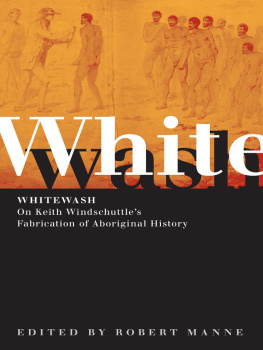

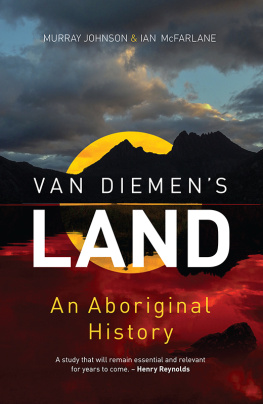

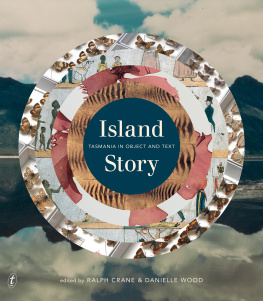

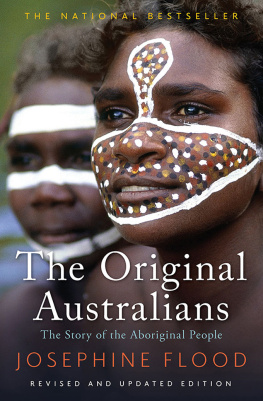
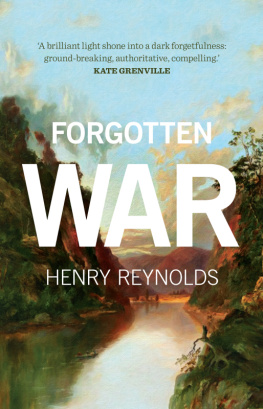
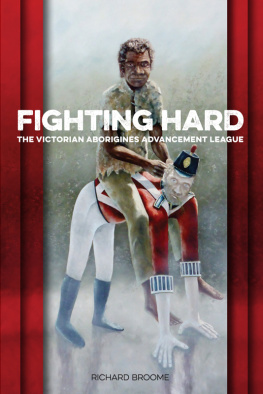
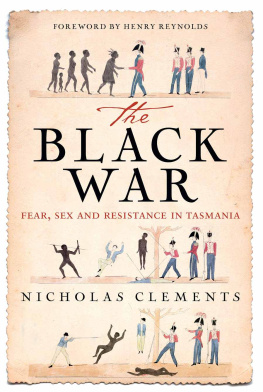
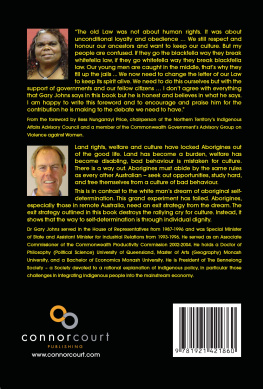
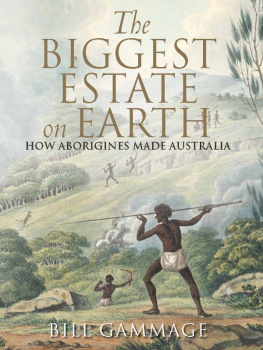
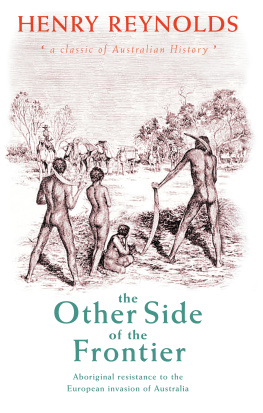

 EDITED BY ROBERT MANNE
EDITED BY ROBERT MANNE